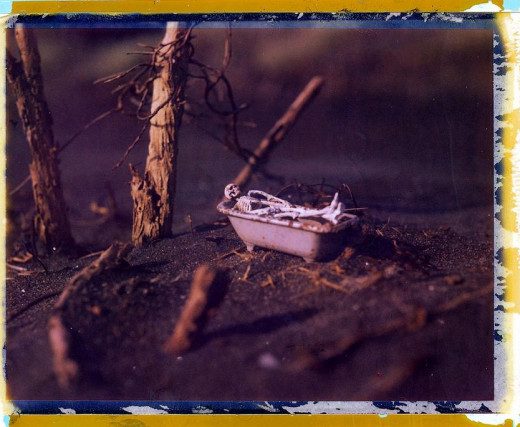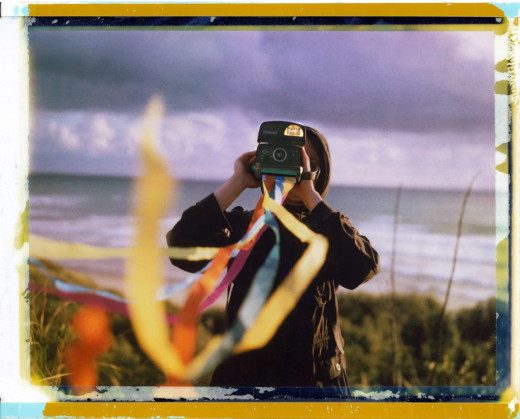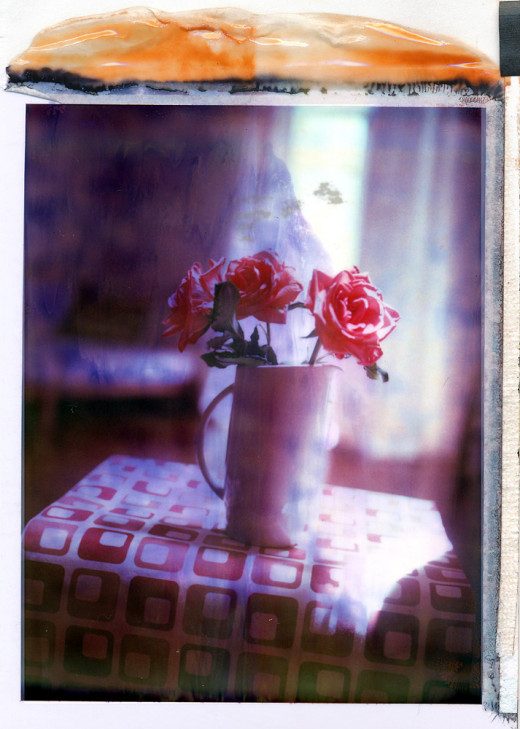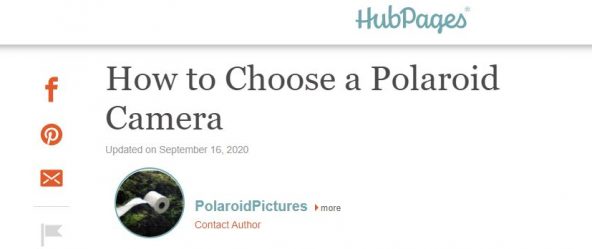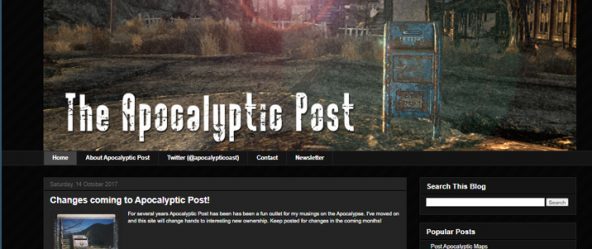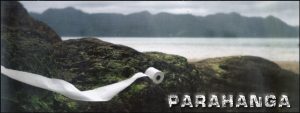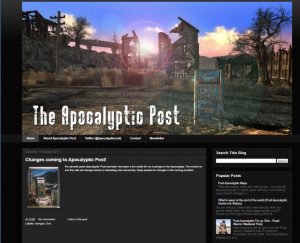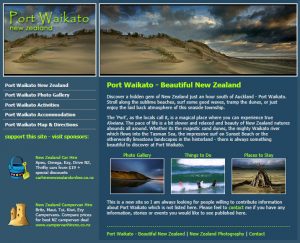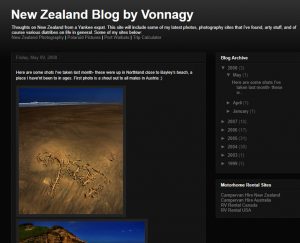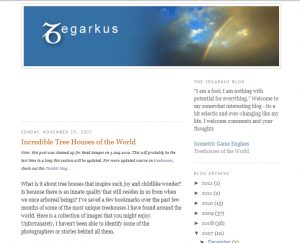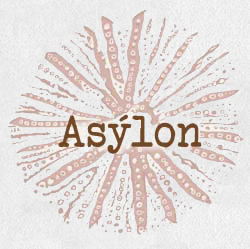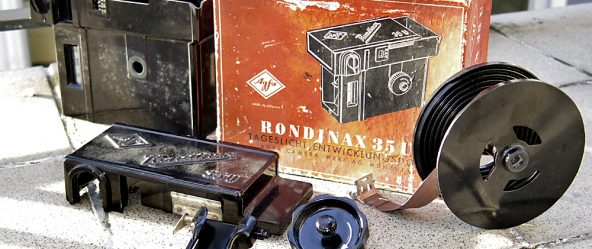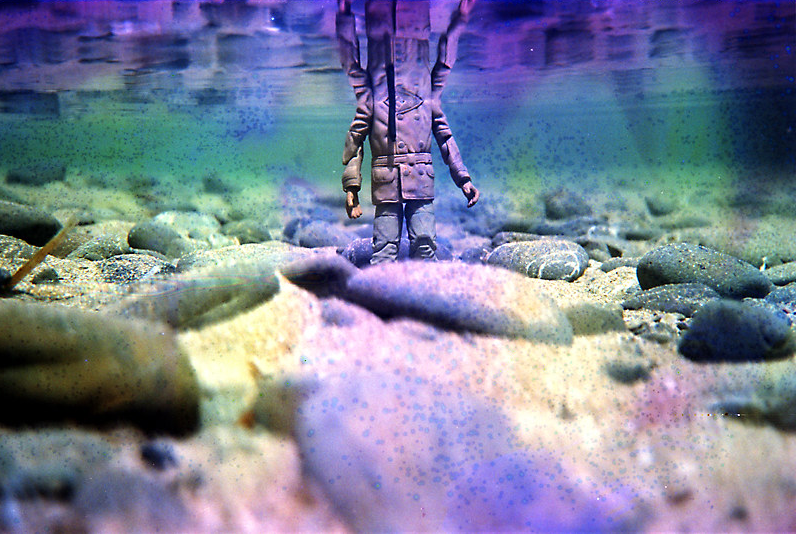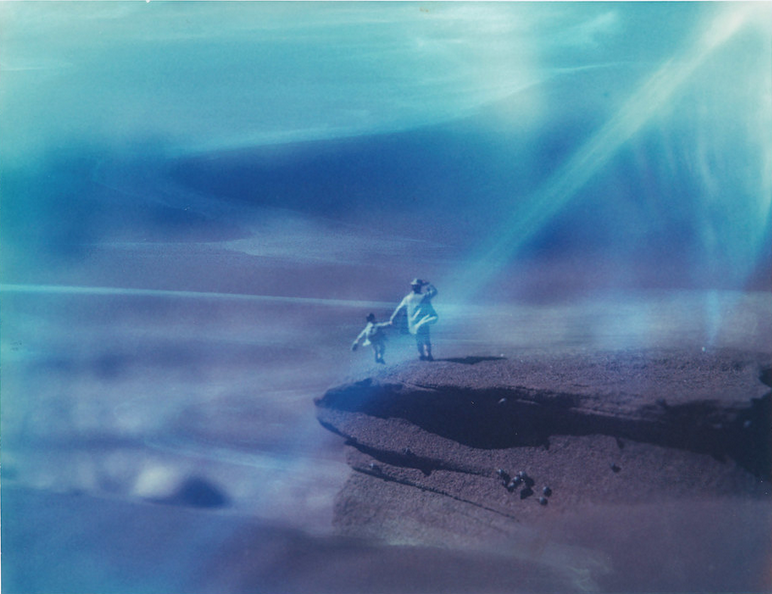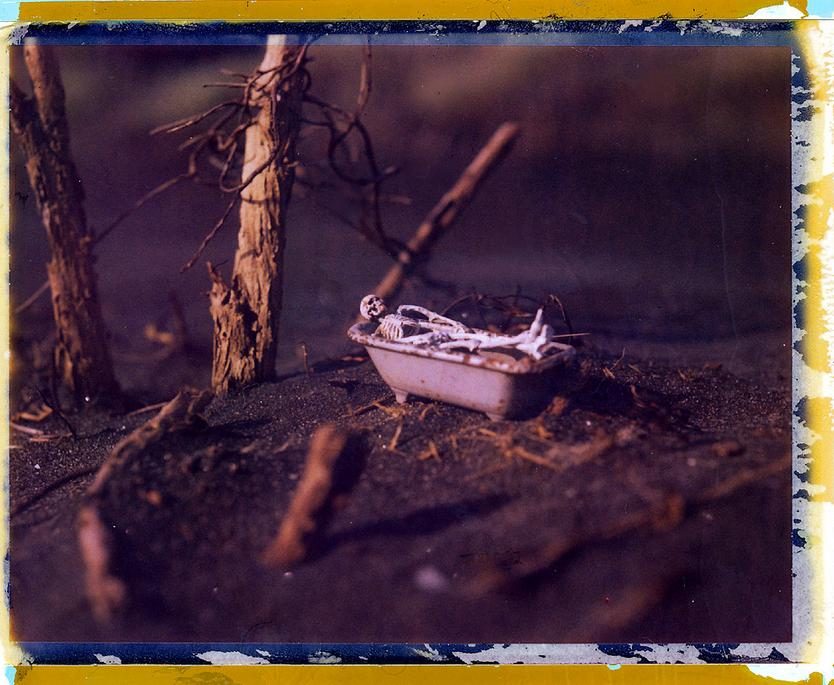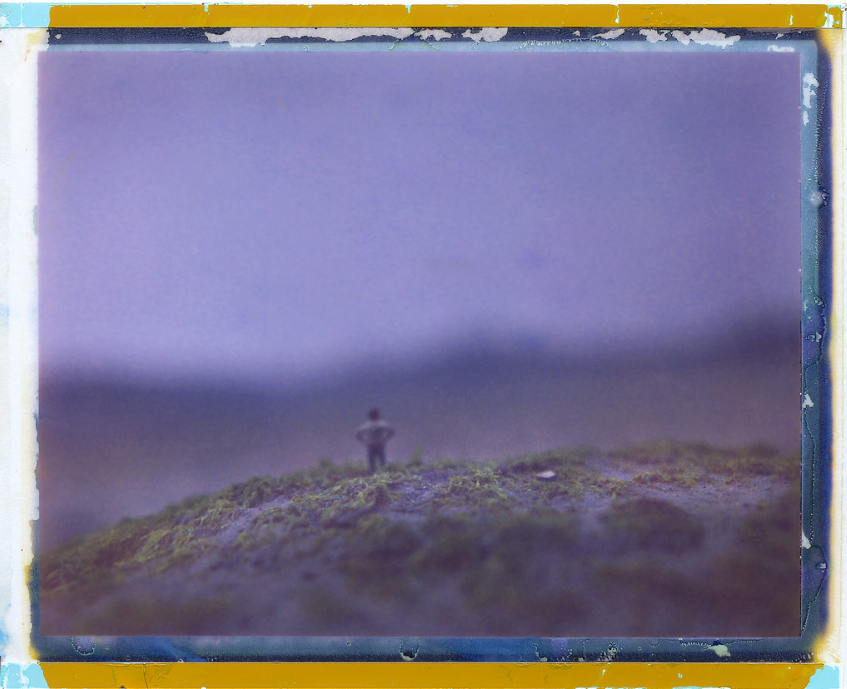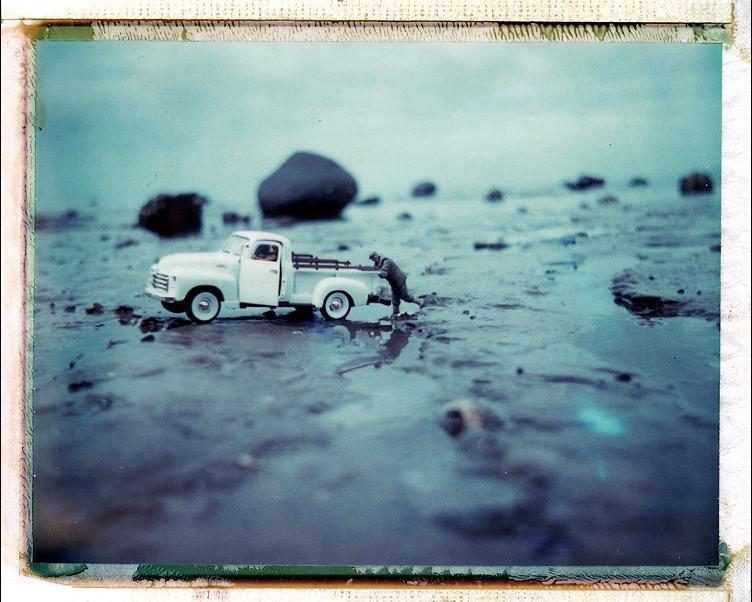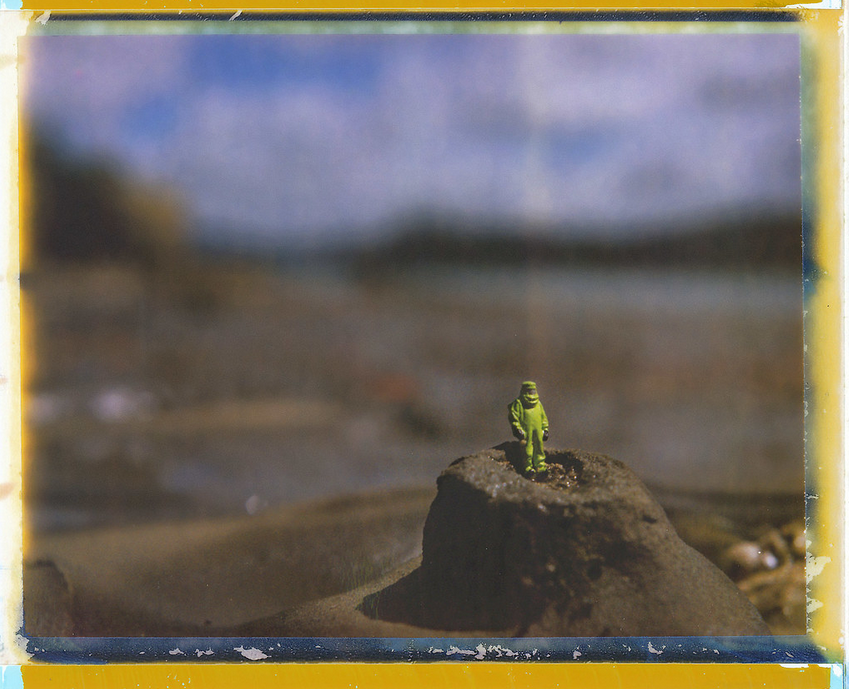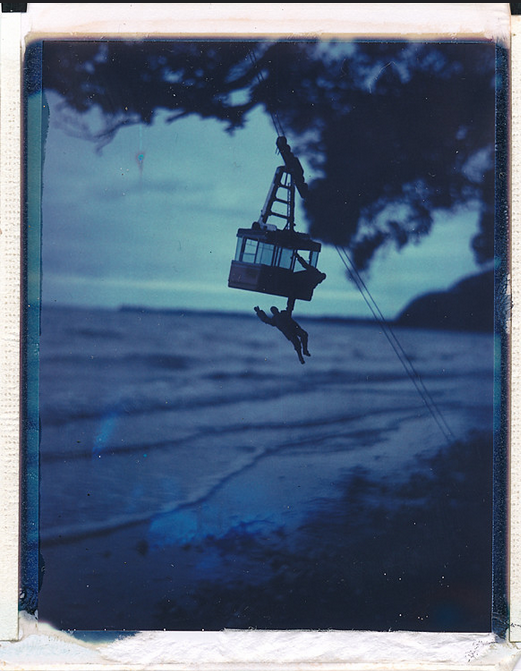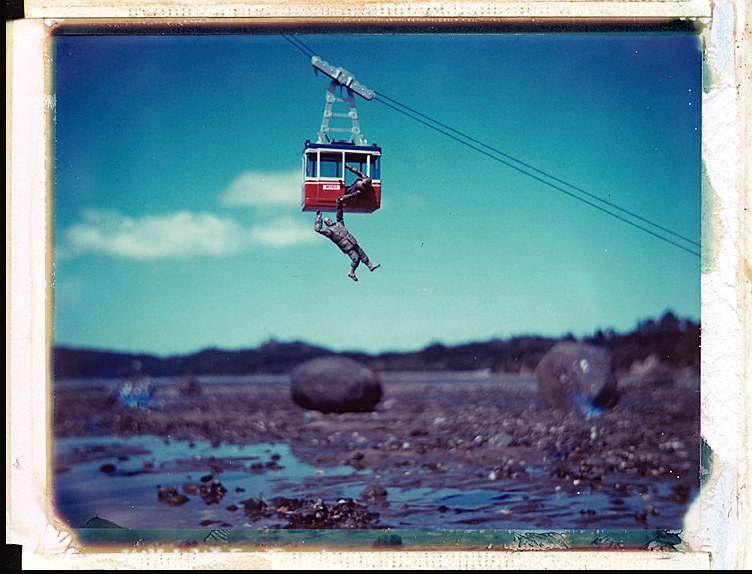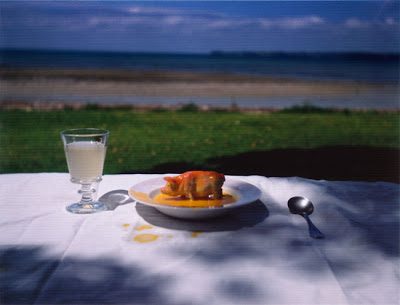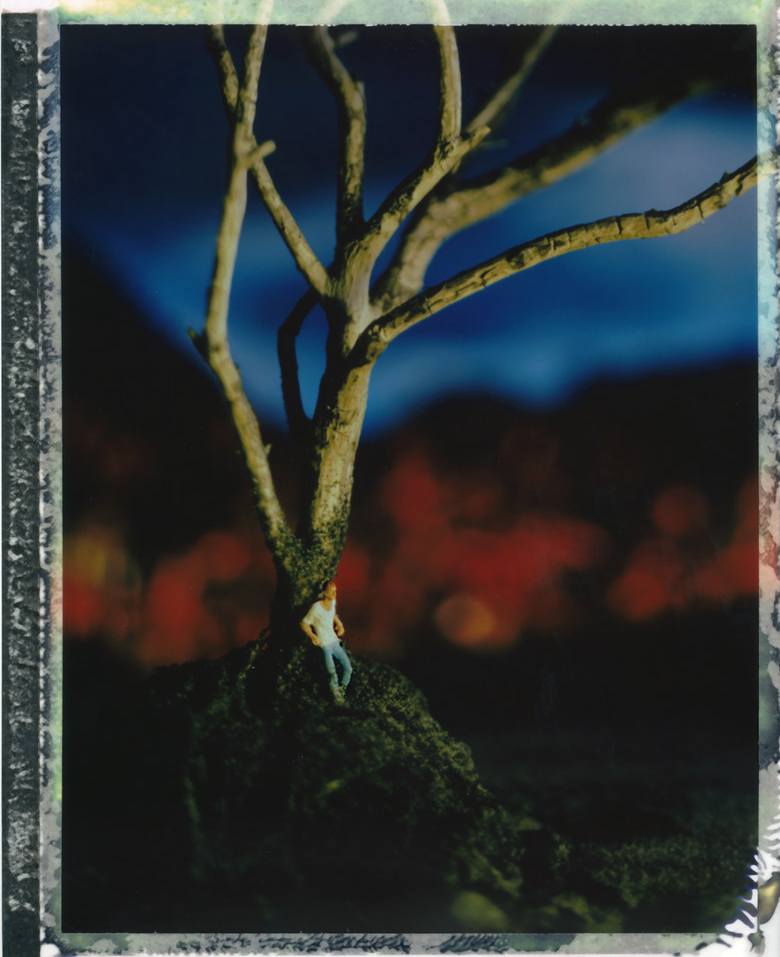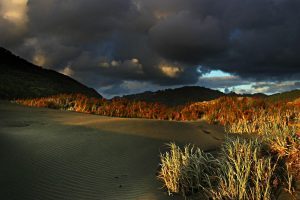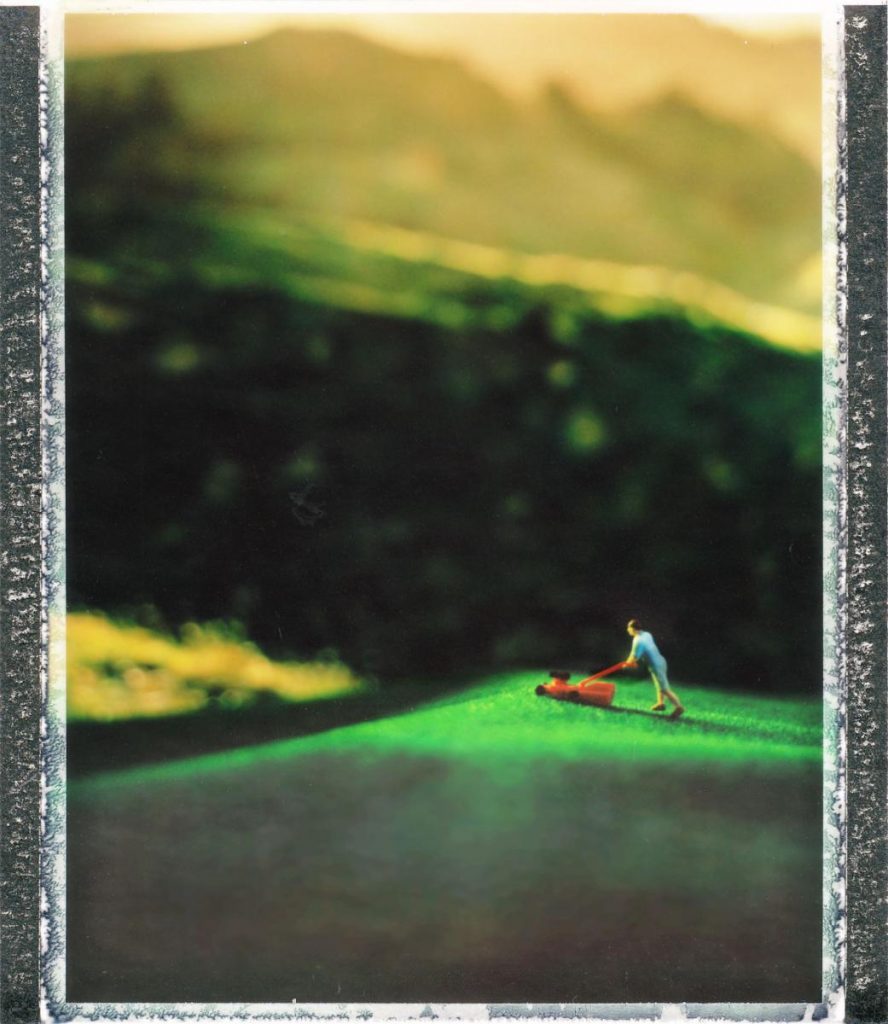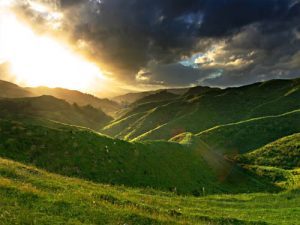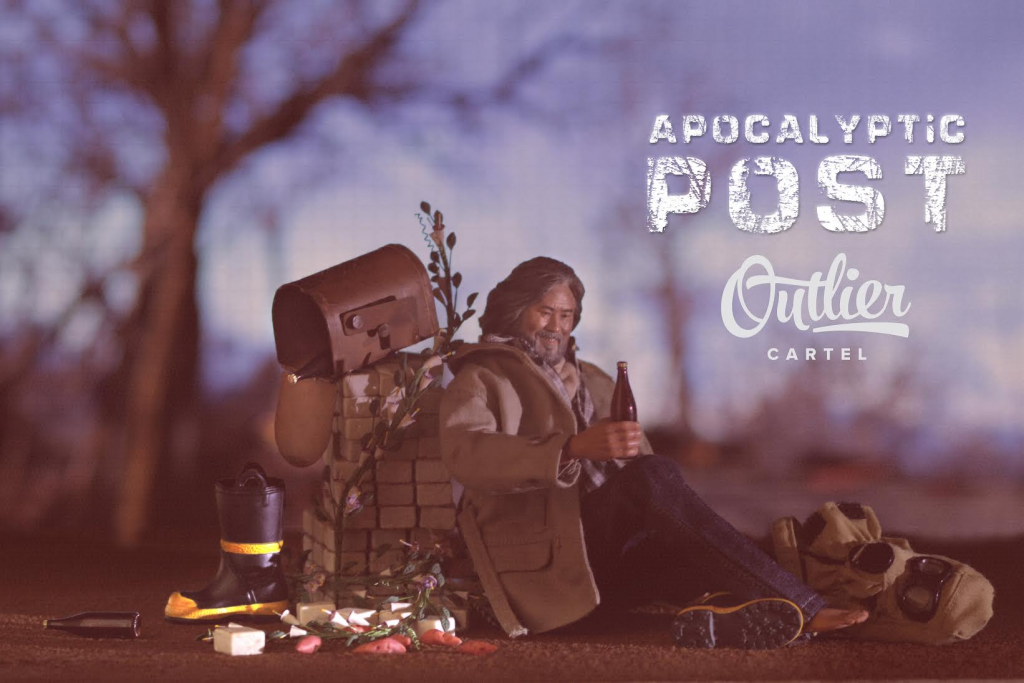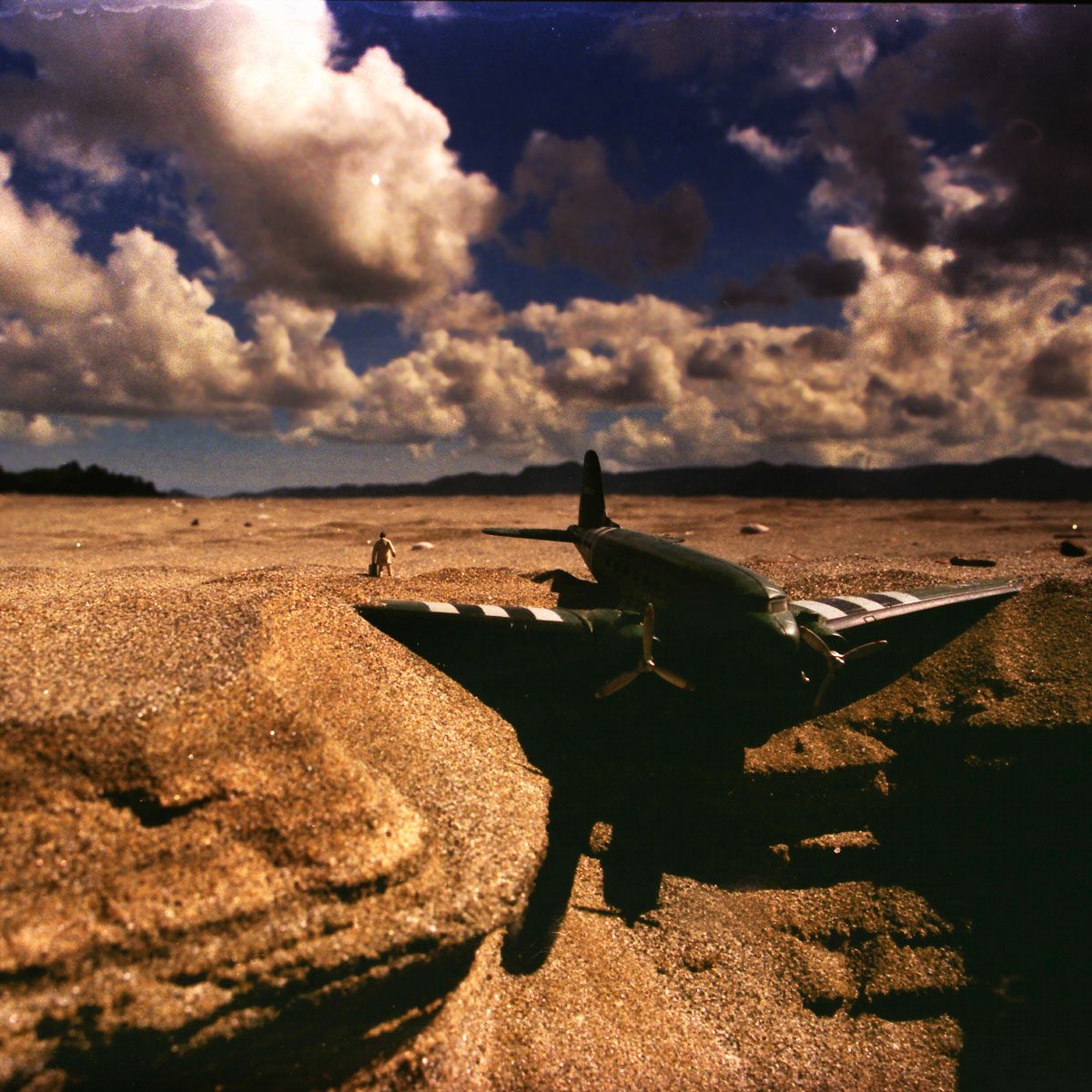How to Choose a Polaroid Camera
Posted by vonnagy on Sep 27 2020
[Note – this was originally publish on Squidoo (now Hubpages) over 10 years ago. I’ve decided to move it as an effort to consolidate content content that I wrote. It was located here: https://hubpages.com/art/polaroid-camera-2 ]
Its been sunny news lately for Polaroid – after going out business at the end of 2008, the Impossible Project has re-introduced the famous line of film again. However, because many different types of film available – it can be very confusing to choose what to choose. I’ve written this guide as quick start guide for those who are jumping into this wonderful form of photography.
I’ve put together this guide to help other on their journey with Polaroid & Instant Photography I hope you enjoy it as much I do!
Choosing Your Polaroid Camera
The main decision to what kind of instant film camera you should choose is based upon what kind of film you use. There are two types – Integral and Pack Film.
Integral Instant Film
This is the most popular type of instant – the kind that slowly forms in front of your eyes. It was popularised by Outkast’s song ‘Hey Ya’ which the lyrics told user’s to shake it like a polaroid picture. Here are popular types of integral that are available today:
600 integral Film – These are used by cameras such as the OneStep. Click here to see a list of Cameras that use 600 Integral Film. The expired versions of these films are still available today, although quite expensive. These films should be re-introduced in 2010 by the Impossible Project. Ebay is your best bet to find deals on this film. Check out Flickr Photos for 600 integral.
SX-70/Spectra Film – These are used for a wide variety of SX-70 Click here Cameras that use SX-70 Film. The expired versions of these films are still available today, although quite expensive. This film is known for its ability to be manipulated. These films should be re-introduced in 2010 by the Impossible Project Ebay is your best bet to find deals on this film. Check out Flickr Photos for sx 70 integral pictures.
Fuji Instax Wide Format – These are used for Fuji Cameras such as the 210. This Film is NOT compatible with Polaroid cameras, it can only be used on Fuji Cameras. The Wide Format is larger format that Fuji came out to compete with Polaroid when it was in business. Click here for information on this film, and here are some Cameras. This film and camera can be easily found on ebay and other sources. Find Instax shots here on Flickr.
Fuji Instax Mini Mormat – These are business card sized photos that can be only be used Fuji Mini Cameras. Click here for the film information, and some cameras. This film and camera can be easily found on ebay and other sources. Find Instax Mini samples here on Flickr.
Pack Instant Film
Pack Film – Pack Film is peel-apart; you pull the film out of the camera, wait an alloted time and then peel the negative from the positive image. These films tend to used by more often professionals and certain types can produce beautifully sharp and colour saturated images. I tend to shoot more Pack Film today, its just my preference. There are tons of different pack films out there, but I am going to talk about 100 style Pack film here, as this is most common in use today:
Polaroid 669: This ‘standard issue’ Polaroid Pack Film. Find examples of 669 Film here on Flickr. Not being produced anymore but can be found on ebay.
ID-UV: This film had ‘Polaroid’ mark written on it when held to ultraviolet light. Despite being produced for industrial ids, it has own following and is well know for its purple hues and artistic flair. Not being produced any more, can be found ebay. Find examples of ID-UV here.
Studio 125i: This is another Pack Film that has pretty standard look to it, but its excellent to do image transfers. Not being produced anymore, can be found on ebay.
Fuji FP-100c – This the only Pack Film which is still being produced. Sadly, This film is the only pack film currently produced. Fuji film is much sharper and more colour saturated than its polaroid counter parts. It is more consistent than its polaroid counterpart. Polaroid film, especially expired film can be very unpredictable – which makes Fuji Film a better choice when on an important photo shoot. Here are some examples of FP 100c. Tranfers are very difficult with this film.
Here is a master list of cameras that can take the above films: http://www.rwhirled.com/landlist/landfilm.htm#P100
Integral VS Pack Film
Now that you know a little about the film, which is the best for you? Here’s a quick reference (that is completely subject to my opinion – feel free to disagree):
Most people will start out on integral film and graduate into Pack Film. I love both formats, and continue to shoot both. People who have only known digital photography will find that Polaroid is the perfect gateway into film photography.
Here are some great resources for getting started into Instant Film:
Flickr Polaroid Group – pay close attention to what user QueerMountainMan says – he is an encyclopedia of knowledge of all things Polaroid.
Moominsean Blog – plenty of good information on films, cameras and Polaroid experimentations.
RWhirled – Ultimate list of Polaroid Cameras and the film they take. The domain expired, so this is a link back the archive.org files, this is still one of the best resources for Polaroid cameras on the internet.
Polaroid Books I recommend
The Polaroid Book offers a great selection of Polaroid photos to inspire you. The Transfer book is an excellent hands on manual of how to do Polaroid transfers and emulsion lifts. Highly recommended!
The Polaroid Book on Good Reads.
